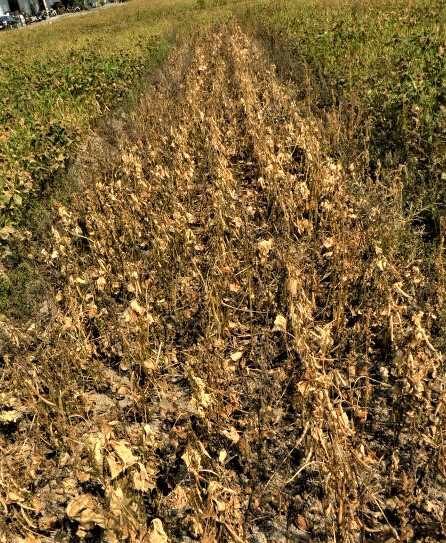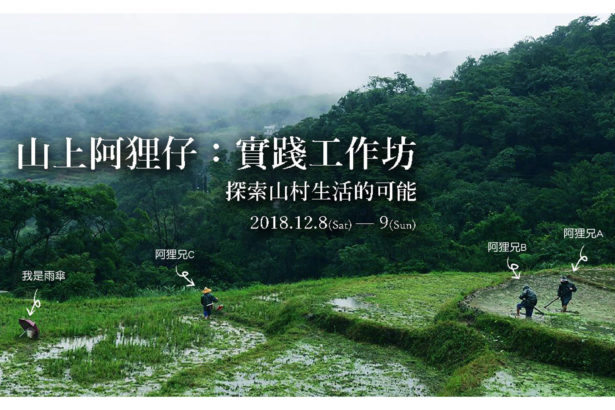Don't harvest red beans with paraquat! The drug institute has developed a new red bean desiccant, which costs 3,000 yuan per hectare to encourage farmers to try it.
Share152 + 1 Tweet EmailShares 152
Red bean is an important cash crop in winter, which is mainly produced in Pingtung County and Kaohsiung City. It covers an area of nearly 6200 hectares, with an annual output of more than 11000 metric tons. With the departure of paraquat, a herbicide commonly used to treat red bean drying, sodium chlorate, one of the alternative agents, is generally not accepted by farmers because of its high cost and slow effect, so there is an urgent need to find another defoliant alternative.
Agricultural Pharmaceutical Toxicology Laboratory (abbreviated as "Institute of Medicine and Toxicology") has developed a new type of red bean plant desiccant "NA-yci1 red bean plant drying treatment agent". The effect is similar to that of paraquat, and the plant needs only one week to dry. At present, the Agriculture and Food Administration plans a trial area of 2,000 hectares, provides the pesticide to farmers free of charge, and gives a subsidy of 3,000 yuan per hectare, hoping to give farmers more choices when promoting the drying of red bean plants.

1.jpg)
Red bean fields without defoliant spray. (photo courtesy of / Xiao Youzhi)
Committee of Agriculture: purify the varieties and unify the ripening time
In addition, the Council of Agriculture also called on farmers to purify red bean varieties. Chen Jizhong said that different red bean varieties give birth to different days, and mixed varieties will make the maturity of red beans inconsistent, resulting in difficulties in harvesting. Farmers are advised to unify the varieties of red beans in the field.
Zeng Minnan, an associate researcher in Kaohsiung crop and Environment course, further explained that at present, Kaohsiung 9 accounts for 70% of the total. The rest are Kaohsiung 8 (22%) and Kaohsiung 10 (8%). "Kaohsiung 8 matured earlier and nearly 10 days faster, so farmers can use the maturity of Kaohsiung 9 as the benchmark, so that the maturity can be unified."
Share152 + 1 Tweet EmailShares 152
- Prev

A Li Tsai on the Hill: Practical Workshop @ Gongliao and Wo Shui Terrace
A Li Tsai on the Hill: Practical Workshop @ Gongliao and Wo Shui Terrace
- Next

Mayor Zhu Lilun welcomes you to taste the new Beidong tea.
New Beidong tea on the market, Mayor Zhu Lilun attended the press conference of "fragrance one small cup of knowledge and one gate" held by the Agriculture Bureau yesterday (19). He said that the annual output of tea in New Taipei City is 400 tons, with an output value of about 1.1 billion yuan.
Related
- A course of planting techniques and methods on how to grow carrots
- How to plant the latest tulips?
- Is it better to pick tea in the morning or in the afternoon? When is the best time for tea to be picked? what is the third or fifth tea?
- Launch Yuanxiao Happy combination Haocha + Tea Yuan healthy Taste
- Penghu Tourism "Fireworks 20 Parade with You"
- 2022 West Lake Happiness holds "Digital Revitalization Voucher" and draws iphone13 and laptop.
- Banqiao Fuzhou social houses are designed to change start-up combined with police elimination to create a safe and livable environment
- The convenient measure of "mechanical weeding" in Xinbei has been abused and the Agriculture Bureau has imposed heavy penalties on the illegal land consolidation.
- Changgeng University Joins Hands with Four Memory Factories to Rescue Memory Talent Shortage
- The list of Taiwan's top 100 MVP managers is listed by the Director-General of the Farmers' Association of Sanxia District.

